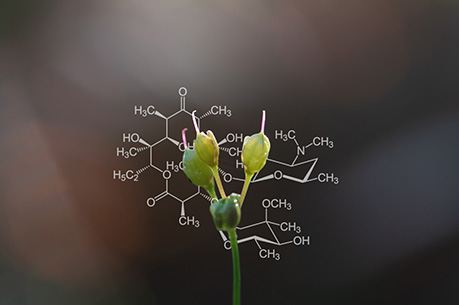My course
What would you like help with today?
Start Learning and Practicing Organic Chemistry with Johnny - Your Online Course Tutor!
Most popular topics of the week
Community
- FH@FarazUpdate 27 minute ago
Hi Natasha,
My apologies for the late response.
To determine regioselectivity, we need to see the difference in stabilities for the two carbocations that can result from the addition of H+ to the double bond.
For example, in (i) the first molecule will result in a primary carbocation if the H+ is added to the tertiary carbon and a tertiary carbocation is the H+ is added to the CH2.
In the second molecule in (i), the two additions will result in a secondary carbocation and a tertiary carbocation. For the first molecule, there is a greater difference in stabilities of the two carbocations in the first molecule, and therefore a higher degree of regioselectivity. The addition of HBr to the second molecule will have lower regioselectivity because the difference is the stabilities of carbocations is smaller.
I hope it makes sense. Let us know if you have more questions.
0up votes•0replies - FH@FarazUpdate 44 minute ago
Hi Natasha,
Our apologies for the late response.
A is unstable because there is no resonance and the + charge is one a sp2-hybridized C atom.
We determine stability based on the hybridization of the atom which has the charge, the presence of resonance and inductive effects, and the substitution pattern of the atom which has the + charge.
I hope it helps. Let us know if you have more questions.
0up votes•0replies - FH@FarazUpdate 50 minute ago
Hi there,
Trans double bonds are highly unstable in small rings. They can be stable in larger rings such as an 8-membered ring.
(d) has a trans double bond in a 5-membered ring, that's why it is unstable.
I hope it helps. Let us know if you have more questions.
0up votes•0replies

















